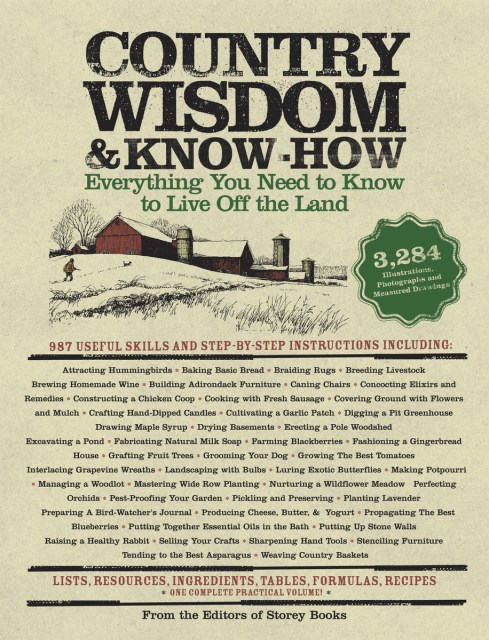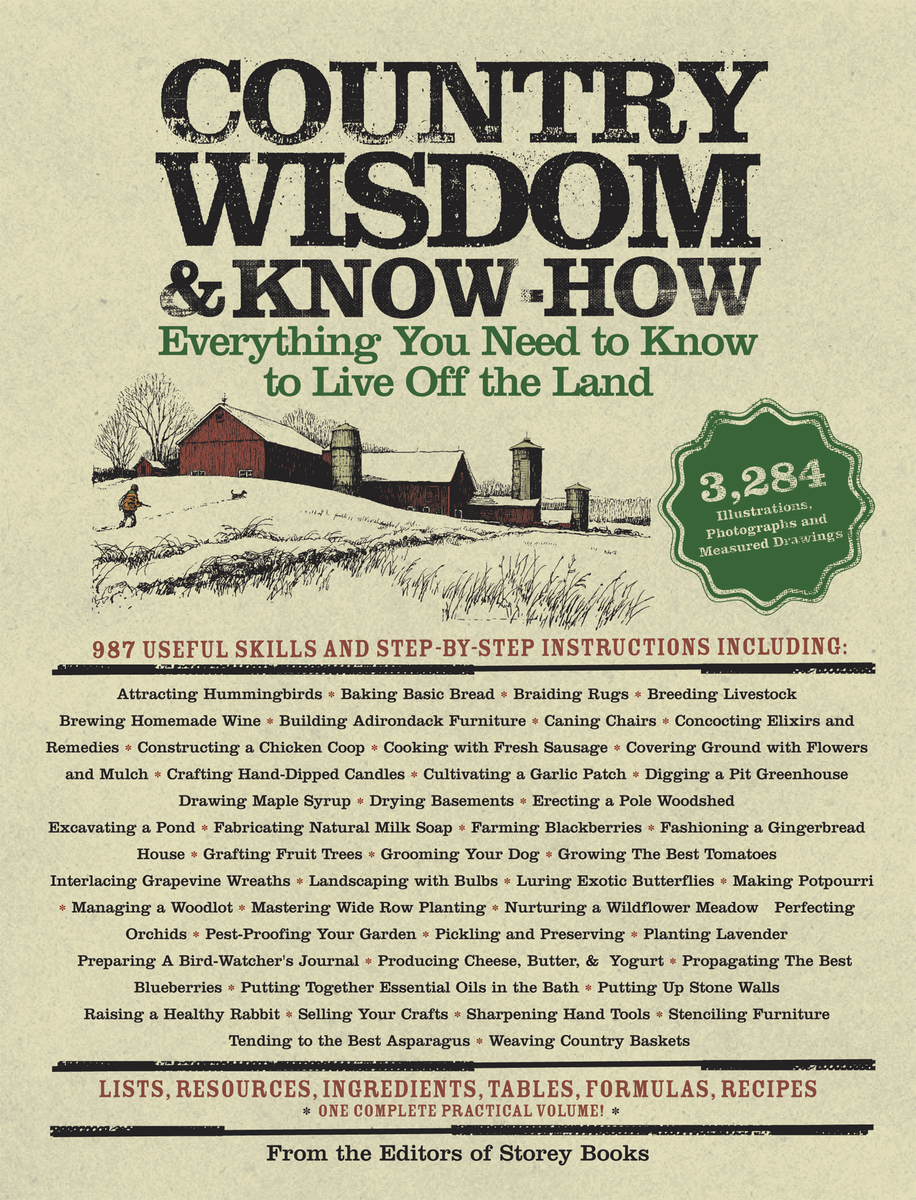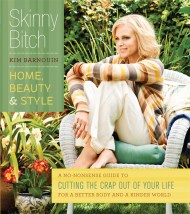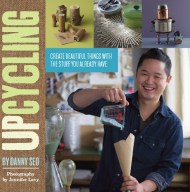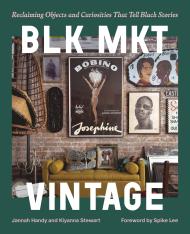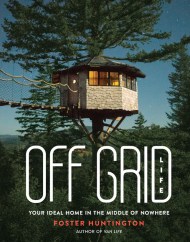Promotion
25% off sitewide. Make sure to order by 11:59am, 12/12 for holiday delivery! Code BEST25 automatically applied at checkout!
By clicking “Accept,” you agree to the use of cookies and similar technologies on your device as set forth in our Cookie Policy and our Privacy Policy. Please note that certain cookies are essential for this website to function properly and do not require user consent to be deployed.
Country Wisdom & Know-How
Everything You Need to Know to Live Off the Land
Contributors
Formats and Prices
- On Sale
- Jan 3, 2017
- Page Count
- 1072 pages
- Publisher
- Black Dog & Leventhal
- ISBN-13
- 9780316471701
Price
$12.99Price
$16.99 CADFormat
Format:
- ebook $12.99 $16.99 CAD
- Trade Paperback $27.99 $36.99 CAD
This item is a preorder. Your payment method will be charged immediately, and the product is expected to ship on or around January 3, 2017. This date is subject to change due to shipping delays beyond our control.
Buy from Other Retailers:
From Storey Publishing’s landmark series Country Wisdom Bulletins, this comprehensive collection offers step-by-step instructions on nearly 200 individual topics, providing everything you need to know about sustainability, self-sufficiency, homesteading, and DIY living. Topics include:
- Animals: attracting backyard birds; building bathhouses and birdfeeders; training and caring for cats and dogs; raising rabbits, ducks, and game birds; buying and selling horses; building chicken coops; beginning beekeeping;
- Cooking: the basics of bread baking; making cheese, butter, and yogurt; cooking game; preserving and pickling; homebrewing and making homemade wine
- Crafts: stenciling, quilting, and basket-weaving; making wreaths, potpourri, and natural soaps; homemade gifts and decorations
- Gardening: starting your garden; caring for flowers and shrubs; controlling weeds; landscaping; growing vegetables, root crops, fruits, berries, kitchen herbs, and more
- Health and Wellbeing: natural home remedies; herbs for lifelong health; essential oils and aromatherapy; teas and recipes for a healthy diet
- Home: simple home repairs; building furniture; restoring hardwood floors; making curtains; building fences, root cellars, and smokehouses
- And so much more!
With nearly 2,000 black-and-white illustrations, diagrams, and photographs, and trusted advice on every page, this is the most thorough and reliable volume of its kind.
This book is also a part of the Know-How series which includes other titles such as:
- Woodworking Wisdom & Know-How
- Natural Healing Wisdom & Know-How
- Craft Wisdom & Know-How
- Garden Wisdom & Know-How
Newsletter Signup
By clicking ‘Sign Up,’ I acknowledge that I have read and agree to Hachette Book Group’s Privacy Policy and Terms of Use
